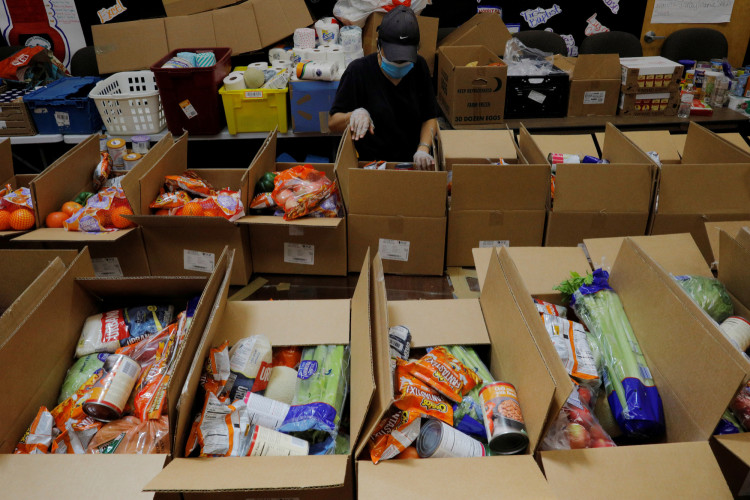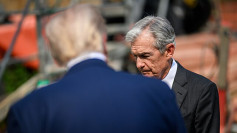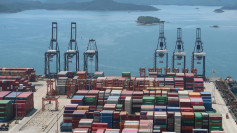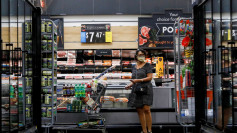The U.S. producer price index (PPI) remained unchanged in June, confounding economist expectations and signaling that tariff-related pressures on goods prices may be offset-for now-by softness in the services sector. The report, released Wednesday by the Bureau of Labor Statistics, showed no change in both headline and core wholesale inflation, compared to forecasts of a 0.2% increase.
The data follows a 0.3% increase in the PPI for May, revised upward from an initial 0.1% reading. On a year-over-year basis, the PPI rose 2.3% in June, marking the slowest annual increase since September 2024. Core PPI, which excludes food and energy, advanced 2.6%, the smallest gain since July of last year.
June's figures come a day after the BLS reported a 0.3% rise in the consumer price index (CPI), with the annual CPI hitting 2.7% and core CPI registering 2.9%. These levels remain above the Federal Reserve's 2% inflation target, yet financial markets continued to discount the likelihood of an imminent rate cut.
President Donald Trump renewed calls for monetary easing, stating that the Federal Reserve should "start lowering its benchmark interest rate" to ease borrowing costs. However, Fed policymakers have signaled they are not prepared to cut rates at the July 30 meeting and remain cautious about the inflationary effects of tariffs imposed earlier this year.
Goods prices in June rose 0.3%, led by a 0.8% jump in tariff-sensitive communication equipment. However, that increase was offset by a 0.1% decline in services prices. Core goods prices, excluding food and energy, also advanced 0.3%. Energy prices rose 0.6%, and food increased 0.2%, with notable volatility such as a 21.8% plunge in chicken egg prices.
The PPI data highlighted sector-specific trends rather than broad-based inflation. Within consumer-facing categories, analysts flagged CPI increases for household furnishings, appliances, and other tariff-exposed items. At the same time, weaker demand in the services economy-particularly travel and accommodation-contributed to subdued wholesale inflation.
Trump's most recent round of tariffs, targeting imports from Canada, Mexico, Japan, Brazil, and the European Union, is scheduled to take effect on August 1. Economists anticipate those measures will continue to elevate goods prices through the end of the year, though the scale of inflationary impact remains uncertain.
The Fed's preferred inflation gauge, the core Personal Consumption Expenditures (PCE) index, is projected to have increased 0.3% in June, with annual core PCE expected to reach 2.8%, up from 2.7% in May. Fed minutes from the June meeting revealed that only "a couple" officials supported rate cuts in the near term, with the majority opting to wait and assess tariff effects on both inflation and growth.






